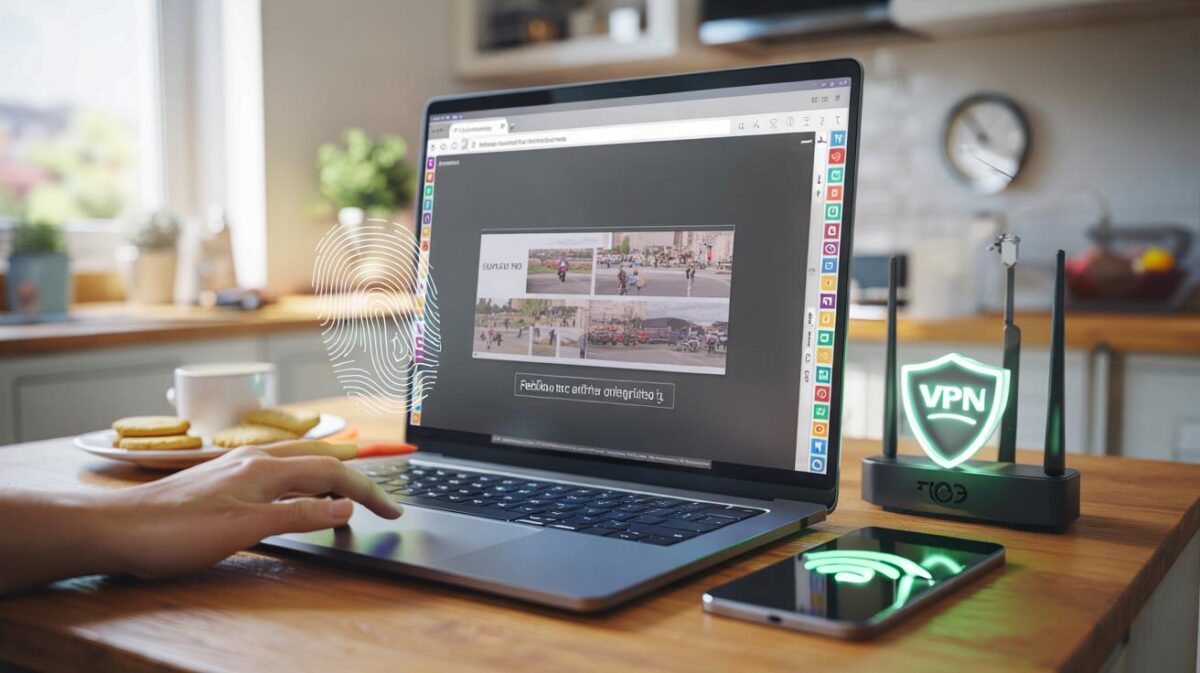The boiler coughs, the car fails its MOT, your phone screen spiderwebs two weeks before a wedding three counties away. You want to make a smart choice, not a panicked one, yet the numbers blur as soon as the card machine beeps.
I watched a man in a high-street appliance store stare at a washing machine as if it might stare back. His toddler drummed the trolley handle, his partner refreshed a price-compare app, and he did that silent mouth-math you can spot across an aisle: next month’s council tax, the petrol, her birthday, his overtime, the never‑ending drip of little costs that feel harmless until they don’t. He checked a 0% plan. He checked his bank app. He sighed. We’ve all been there, standing between need and worry, wanting to feel in control and not like life is one long cliff edge. Then I heard him say, almost to himself, “I wish I’d started sooner.”
Why planning for big buys lowers the temperature
When a large cost arrives unannounced, your body feels it before your bank does. Heart quickens, thoughts race, sleep gets shallow. A simple savings plan flips the script: instead of a single financial thunderclap, you get a quiet, regular drizzle you can live with. It turns a vague dread into a number, and a number into a ritual.
Take Maya in Manchester. She wanted a safer pram before her second was born and knew the washing machine was on its last spin. She set up a standing order into a named pot each Friday, ticked off weeks on a sticky note, and watched the total inch up with every school run. By the time the machine finally quit, she wasn’t angry at fate; she just placed the order, made tea, and carried on. Relief is a line item you build.
There’s a psychology to this. Your brain loves pre-commitment because it removes the exhausting “decide every day” loop. Mental accounting gives each future purchase a home, which reduces temptation to raid it for takeaway and taxis. Regular micro-saves create a feedback hit that competes with impulse. It’s not joyless discipline; it’s swapping one big spike of anxiety for lots of tiny, predictable nudges you barely notice. One becomes a habit. The habit becomes a buffer.
How to start one today (without faff)
Pick one future purchase — the kind that would hurt if you had to pay tomorrow. Write down a date and a total, then subtract whatever you already have tucked away. Divide the remainder by the number of weeks till your date. That weekly figure is your plan. Set a standing order every payday into a separate space and name it with the target — “June Laptop £800” beats “Savings” by a mile.
Start smaller than your ego wants. If the weekly figure pinches, halve it and extend your date by a month. Add a tiny “oh-no” buffer to the total for delivery, cables, setup, or that bracket no one remembers. Let round‑ups skim your card spends into the pot. And be kind to yourself when life swerves. Let’s be honest: nobody does that every day.
Use simple tech to free your willpower. Label the pot. Turn on **automatic transfers**. Keep it somewhere you can’t see at a glance, yet can reach without fees when the day comes. *Start tiny, stay steady.*
“A plan is permission to relax,” a financial coach told me. “It’s not about perfection. It’s about not being surprised.”
- Pick a date-plus-amount — the **date-plus-amount** rule.
- Divide by weeks, not months, for momentum.
- Create **separate pots** for each big buy.
- Automate on payday, review monthly in two minutes.
- Adjust, don’t abandon, when life gets lumpy.
The quieter kind of spending
You don’t need to turn into a spreadsheets person to feel calmer. The point is to make future-you feel seen. When the sofa sale email lands or the laptop fan starts screaming, you’re not bargaining with the universe. You’re choosing from money you’ve already set aside, which is a completely different emotion from dipping into rent or running up a card.
There’s also a social ripple. You say yes to plans without the hollow in your stomach. You’re less reactive at work because a broken phone isn’t a crisis. You stop treating “surprise” costs as proof that you’re bad with money and start treating them as seasons you can read. This isn’t magic. It’s modest, boring, deeply human.
We’ve all had that moment when the lift doors close and you finally exhale after a long day, only to remember the thing you’ve been putting off. A savings plan for big buys doesn’t remove the cost. It removes the secrecy around it. That’s the shift: from lurking stress to named intention, from scrambled to steady. What happens when your future starts to feel like a place you’re already funding?
| Point clé | Détail | Intérêt pour le lecteur |
|---|---|---|
| Set a target and date | Choose one purchase, pick a realistic deadline, and price it with a buffer | Gives clarity and a finish line you can believe |
| Break it into weekly steps | Divide the total by weeks and automate the transfer on payday | Turns a big weight into a light, repeatable action |
| Use separate named pots | Keep money in clear, dedicated spaces with labels | Stops accidental spending and boosts motivation as the pot grows |
FAQ :
- How is a savings plan different from a budget?A budget tracks where money goes. A savings plan directs money towards a single future purchase with a date and amount. Think of the plan as a tiny project inside your wider budget.
- What if my income is irregular?Base your weekly amount on your lowest typical month, then top up the pot after good weeks. Use percentages rather than fixed sums — for example, send 5–10% of each pay to the pot.
- Should I pay off debt first?High-interest debt usually wins. Prioritise clearing it while still micro‑saving for essentials that would force you back into debt if they break, like appliances or a work laptop. Even £5 a week builds a cushion.
- Where should I keep the money?In an easy-access savings account or a ring‑fenced “space” attached to your current account. Separate from day‑to‑day spending, no withdrawal penalties, and with a name that reminds you what it’s for.
- What if prices change or plans shift?Update the total and re‑divide the new amount by the weeks left. If the purchase gets delayed, keep the pot going and enjoy being ahead. Plans are living things, not museum pieces.








